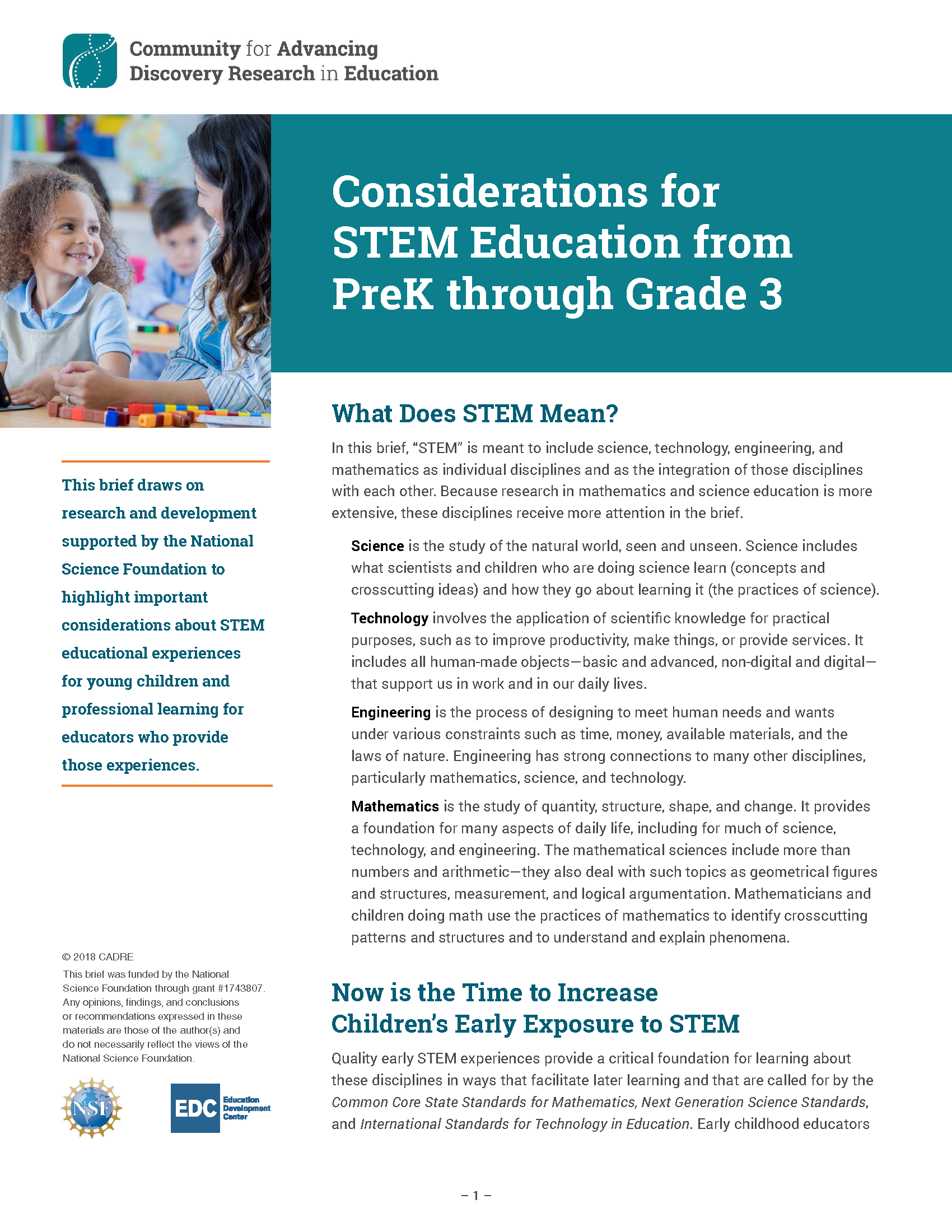Webinar: Evidence Standards for Evaluating Math and Science Programs
What are evidence standards for evaluating math and science programs? Watch this webinar recording with experts from the American Institutes for Research (AIR) for an engaging webinar about evidence standards. Presenters discussed the Every Student Succeeds Act (ESSA) Tiers of Evidence and the What Works Clearinghouse (WWC) evidence rating system and how these evidence standards relate to evaluating math and science programs. The presenters discussed how participants can use these resources to strengthen their existing and proposed study designs.
Watch this webinar recording with experts from the American Institutes for Research (AIR) for an engaging webinar about evidence standards.
